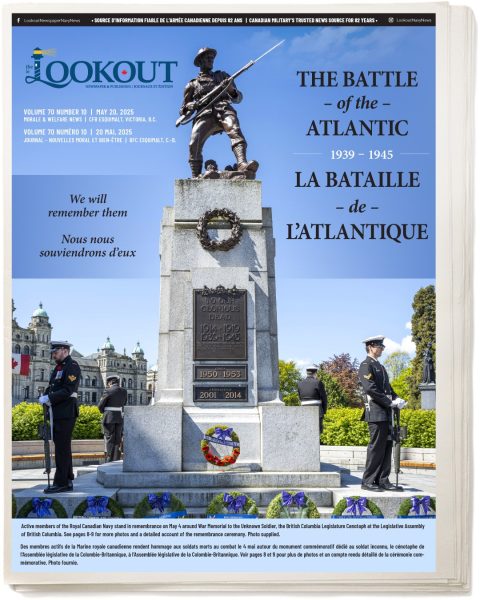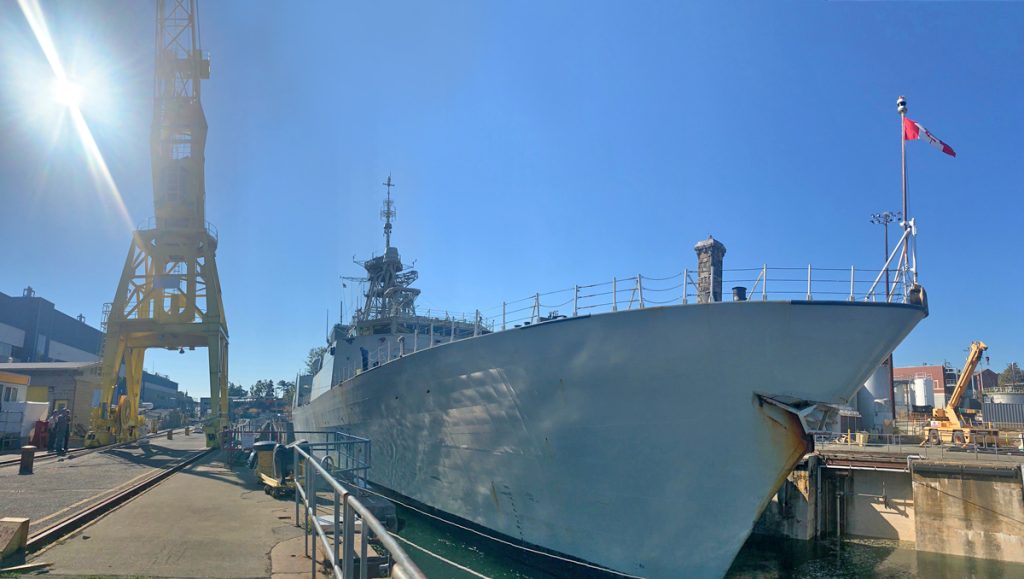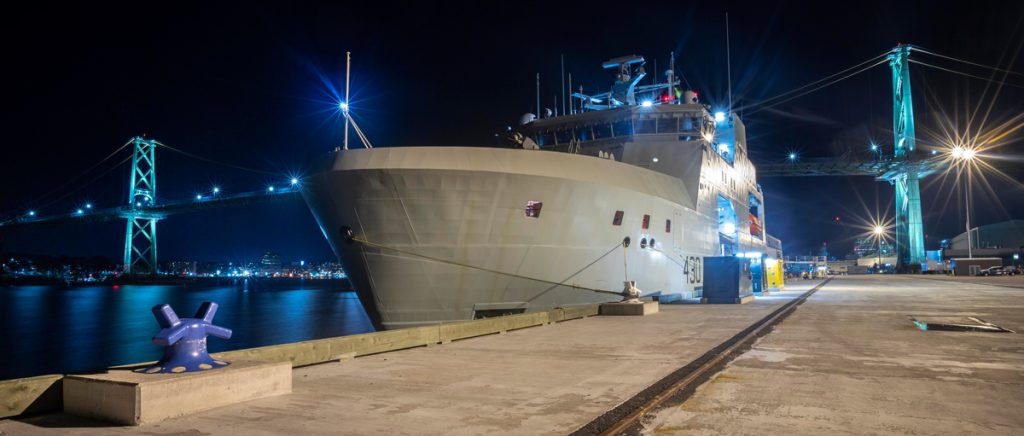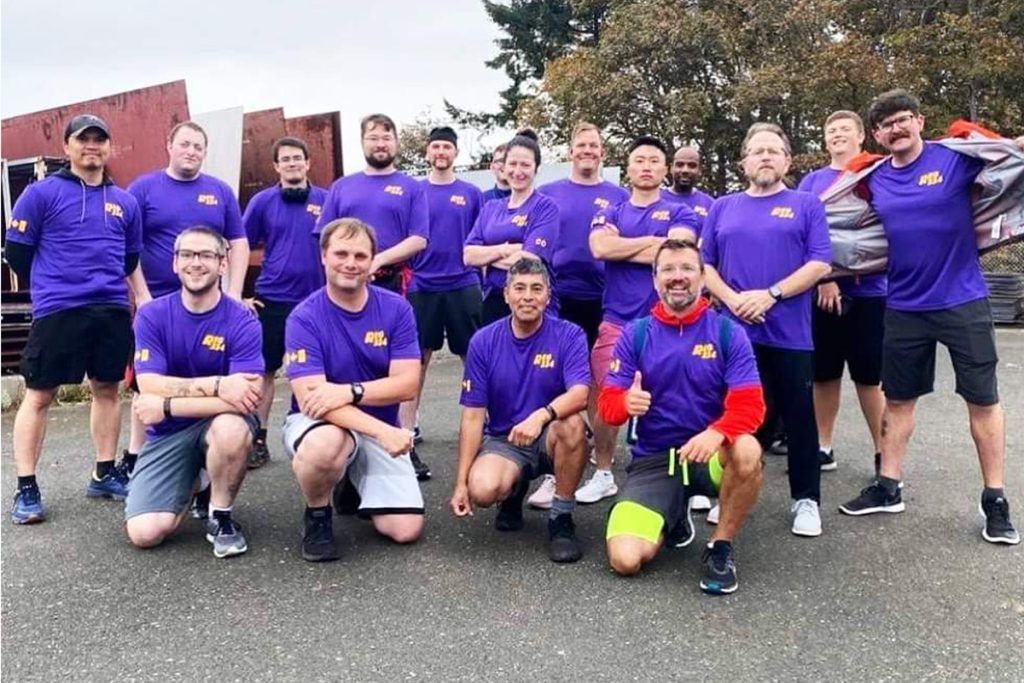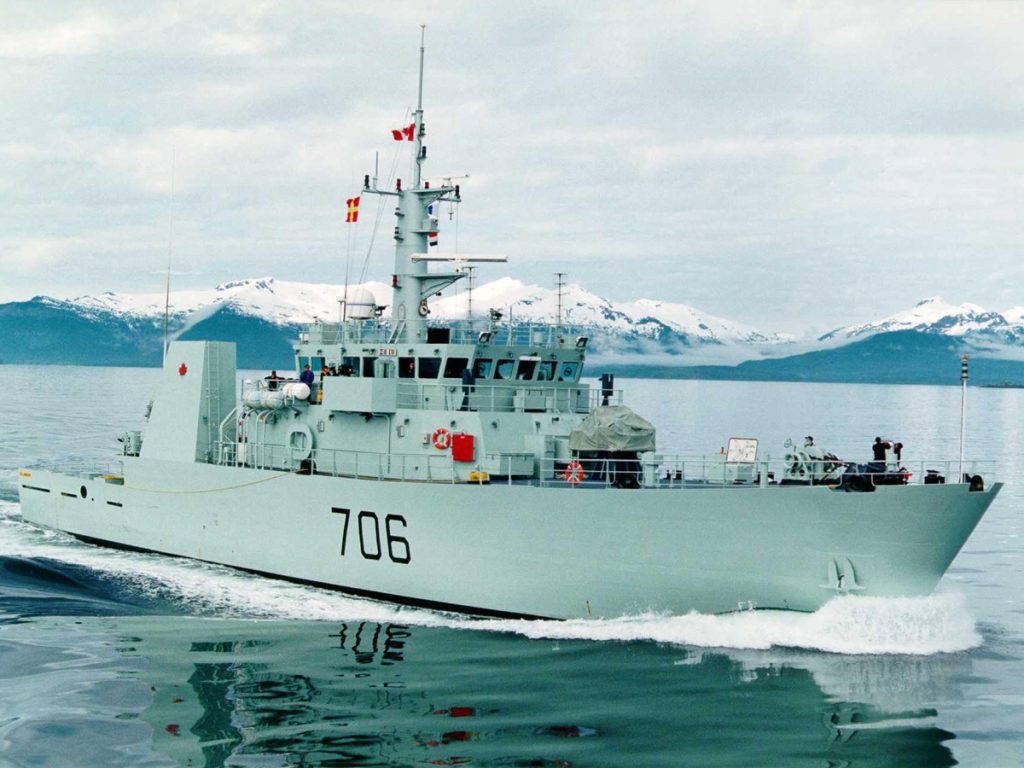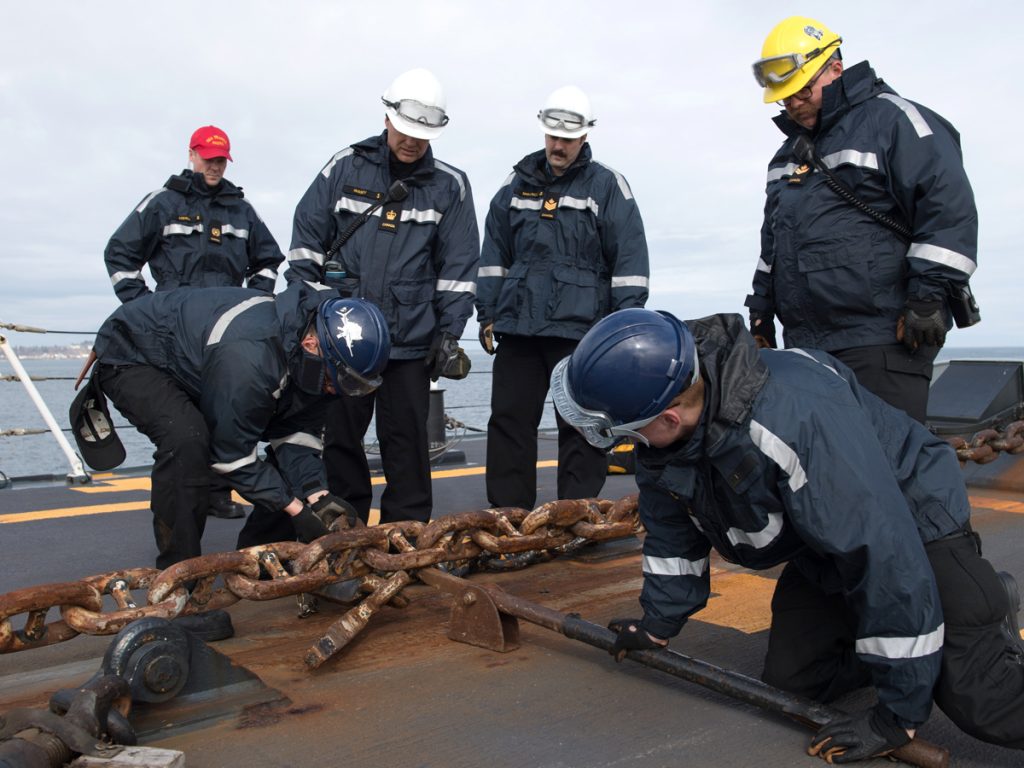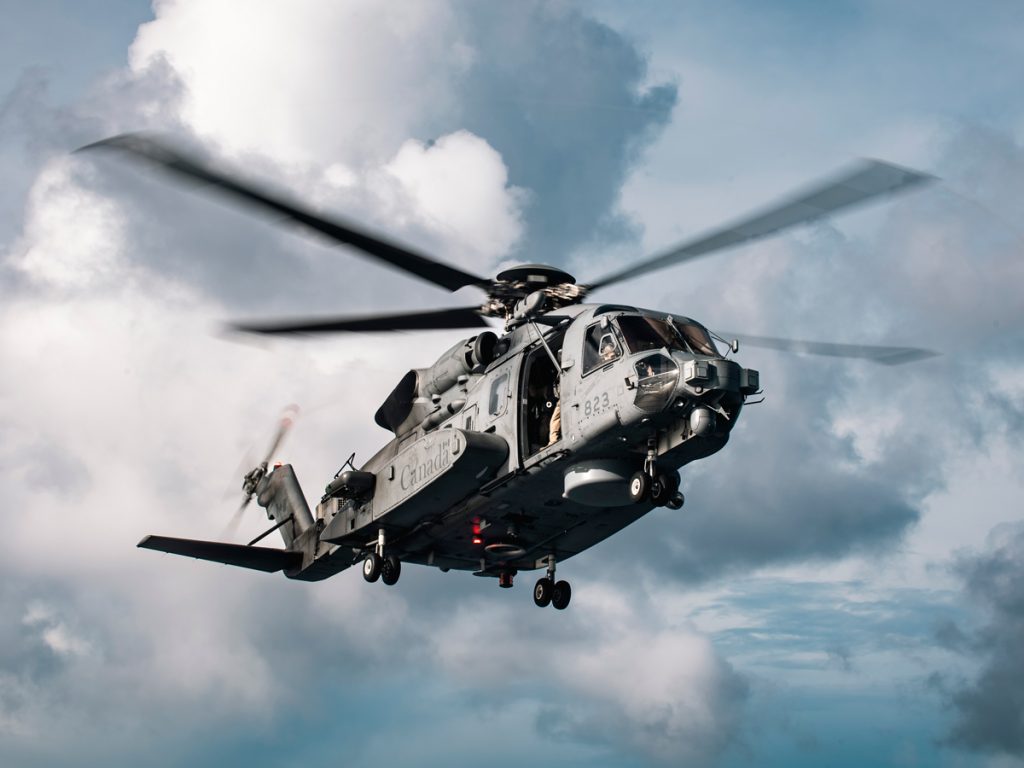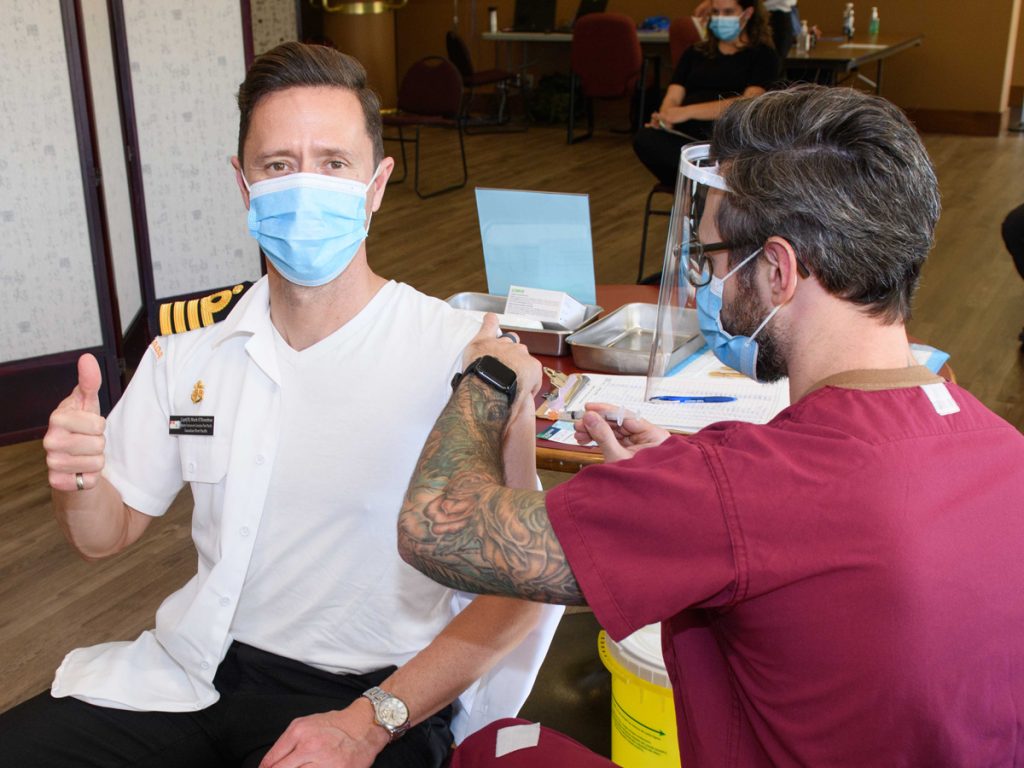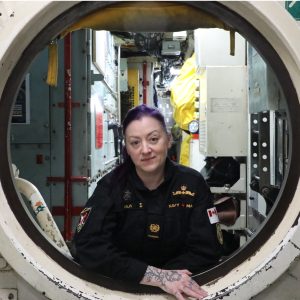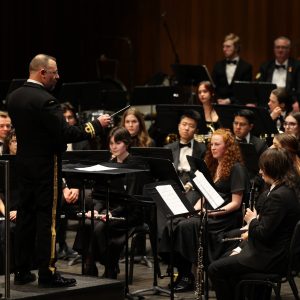The helmet protects the stories of veterans
[caption id="attachment_31121" align="aligncenter" width="595"] 1942 Brodie Helmet Shell with veteran’s signatures.[/caption] ASLt Willis McCullough-Messom, HMCS Ottawa — A 1942 Brodie Helmet Shell holds the stories of 15 veterans across Canada. Affectionately named ‘The Helmet’, Acting-Sub Lieutenant Willis McCullough-Messom of HMCS Ottawa began the project by repainting the helmet he acquired and set out across the country to have veterans sign it while listening to their stories. ‘The Helmet’ is a project designed to capture the stories of the greatest generation. As the average age of a Second World War veteran quickly approaches 100 years old, the time to capture their stories is now. I was keenly interested in Canadian military history from a young age. After joining the Canadian Armed Forces in 2018, I was allowed to attend a Battle of Britain Commemorative event at Camp Hill veteran’s hospital in Halifax, N.S. This was my first interaction with Second World War veterans, and I was immediately intrigued. Immediately upon being posted to CFB Esquimalt, I sought out opportunities to volunteer at a veteran’s hospital. I came across Broadmead Care Home, home to over one hundred veterans, many of whom served during the Second World War. I wanted to find a way to capture my interactions with these veterans, so in March 2022, I acquired a 1942 Brodie Helmet Shell, the perfect object upon which I could commemorate both their service and our interactions. The first veteran on The Helmet was the product of a chance interaction. I was enjoying a Sunday brunch when I overheard Bob Haden discussing his wartime service with some of the other patrons. I politely approached Bob and asked him if he was a veteran, to which he quickly replied, ‘Yes, Navy, joined in 1943’. We had a quick conversation, and I scheduled an interview for the next weekend. On the first day, I captured two hours of wartime experiences from his time aboard Fairmile Q087, HMCS U-889, and HMCS MicMac. I was in awe and knew I...
